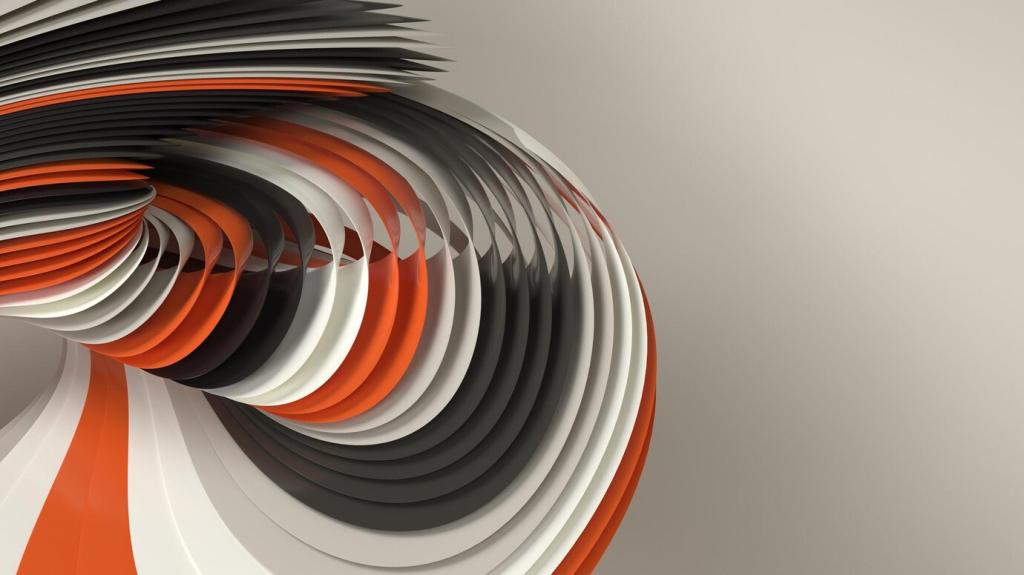Design Freedom on the Facade
Flexible molds allow organic ribs, chiselled grooves, and sculptural folds to appear without the mass of carved stone. Designers can echo local geology, craft light-catching patterns, or create wayfinding through texture alone.
Design Freedom on the Facade
Pigments blended into the matrix deliver stable, through-body tone—earthy umbers, smoky charcoal, or luminous white. Photocatalytic surfaces can help break down grime, keeping facades brighter and reducing cleaning frequency over years.

